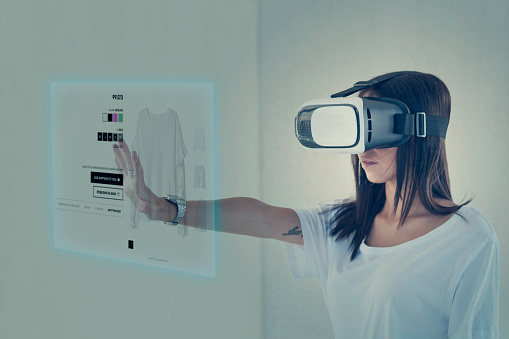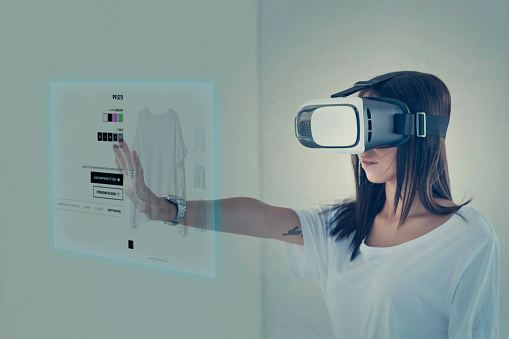
Augmented reality (AR) and virtual reality (VR) have become common terms among retail giants such as Amazon.com, Wayfair, Ikea and more as they discuss their futures. However, the question remains: Have consumers bought into this future-of-retail vision, which relies on a mix of virtual realities woven into shopping experiences? The answer might surprise you.
A recent survey conducted by Artec 3D looked at the responses of more than 1,000 U.S. online shoppers that are familiar with the terms “virtual reality” and “augmented reality.” The results showed that consumers are expecting AR/VR technology to be a big part of the retail experience, even if they don’t have any practical experience with the technology … yet.
What Do Consumers Want to Use AR and VR to Shop For?
While AR and VR applications are mostly associated with the entertainment and gaming industries, the transformation of the shopping experience remains one of the most promising. Shopping is often viewed as a daunting task by modern consumers. AR and VR can ease this burden.
When asked what AR and VR would be most useful to shop for, 38 percent said large home furniture and décor; followed by clothing and shoes (18 percent); household appliances (14 percent); consumer electronics (14 percent); toys and baby products (9 percent); and bags and accessories (5 percent). The intrigue around large home furniture and décor naturally makes sense as it’s perhaps the most difficult to shop online for. When asked the reasons for not buying furniture or home décor online, 48 percent of consumers wanted to see it in person first, 28 percent stated that they couldn’t determine the quality from a photo, and 27 percent weren’t sure if the item they were interested in would match or fit within their space.
Professional 3-D scanning technologies can be used to overcome these obstacles. The high resolution of 3-D scanning will also allow consumers to see the finest of details (e.g., the grain of the wood or texture of the fabric), helping to overcome questions regarding quality. When these scans are integrated into AR and VR applications, consumers can see a piece of furniture or another item dropped right into their own home.
While this might seem novel, the fact is it’s already being done. However, brands aren’t making their offerings very well known. Only 37 percent of consumers familiar with AR and VR were aware that the technologies exist within Amazon’s app. After Amazon, the figure dropped significantly to 16 percent for Wayfair’s app, 15 percent for Ikea’s, 14 percent for Lowe’s, 10 percent for Gap’s, and 7 percent for Sephora’s.
Mapping the Road to AR/VR Integration
While consumer awareness is low for existing AR and VR shopping applications, these same shoppers still expect widespread integration of the technology … and soon. In fact, 43 percent of respondents expect AR and VR to be a common tool for online shopping within the next five years, and 32 percent believe it will be a common tool for shopping in physical stores within the next five years. Large enterprises are already getting their feet wet by incorporating this technology into the retail process, however, enterprises of all sizes should begin developing a road map on how to integrate AR/VR into their physical stores.
It’s obvious that consumers see the potential of these technologies. They’re perfectly suited to provide a more individualistic and unique experience for shoppers. Whether that’s by test-driving a car virtually before going to the dealership or being able to easily try on clothes using VR changing rooms, shoppers are eagerly anticipating the use of AR and VR. Retailers, small and large, should be prepared to meet the AR and VR demands that shoppers are expressing.
Andrei Vakulenko is chief business development officer at Artec 3D, a global leader in handheld 3D scanners and smart, user-friendly 3D software.

